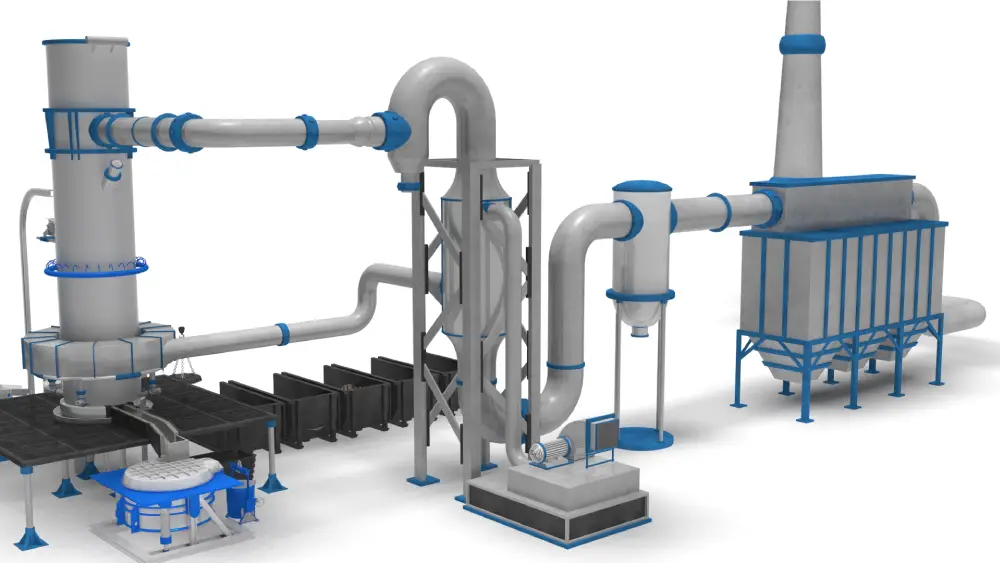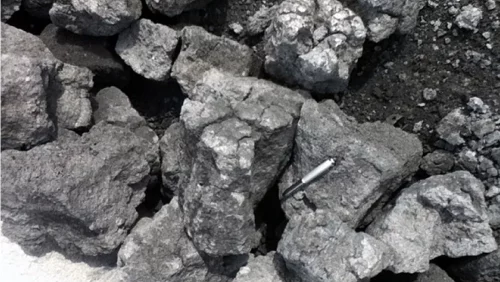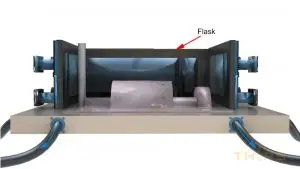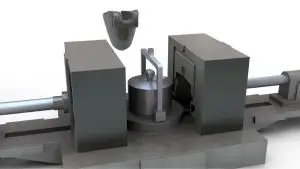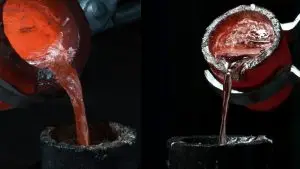Course Description
The Cupola Furnace Fundamentals course provides learners a comprehensive overview of the basic elements of a cupola. Using graphics and animations, users are able to learn more about the functions of the main furnace components, as well as the cupola’s ancillary systems and assistive devices. The course also discusses the different instrumentation, fuels, and charge materials that may be used to operate the cupola.
Who will benefit from this Cupola Furnaces course?
Foundries that operate cupolas; Organizations that sell raw materials and equipment, or offer services for cupolas.
Course Classification
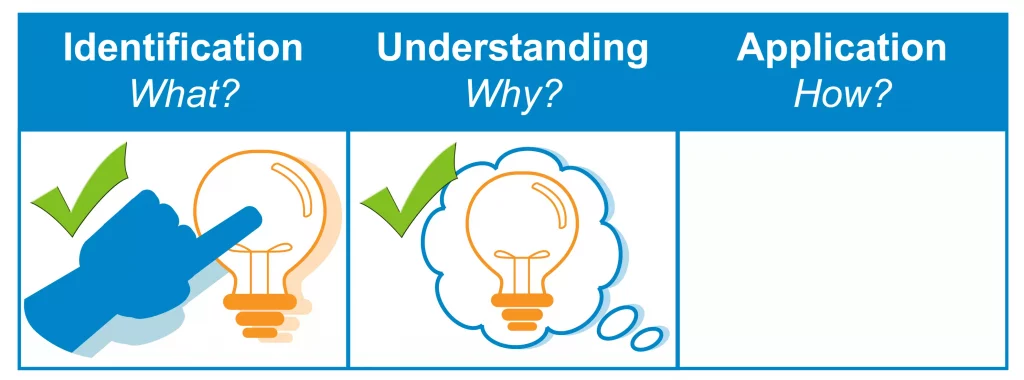
*THORS uses the Bloom’s Taxonomy Methodology for our course development.
Certificate Awarded for Cupola Furnace Fundamentals
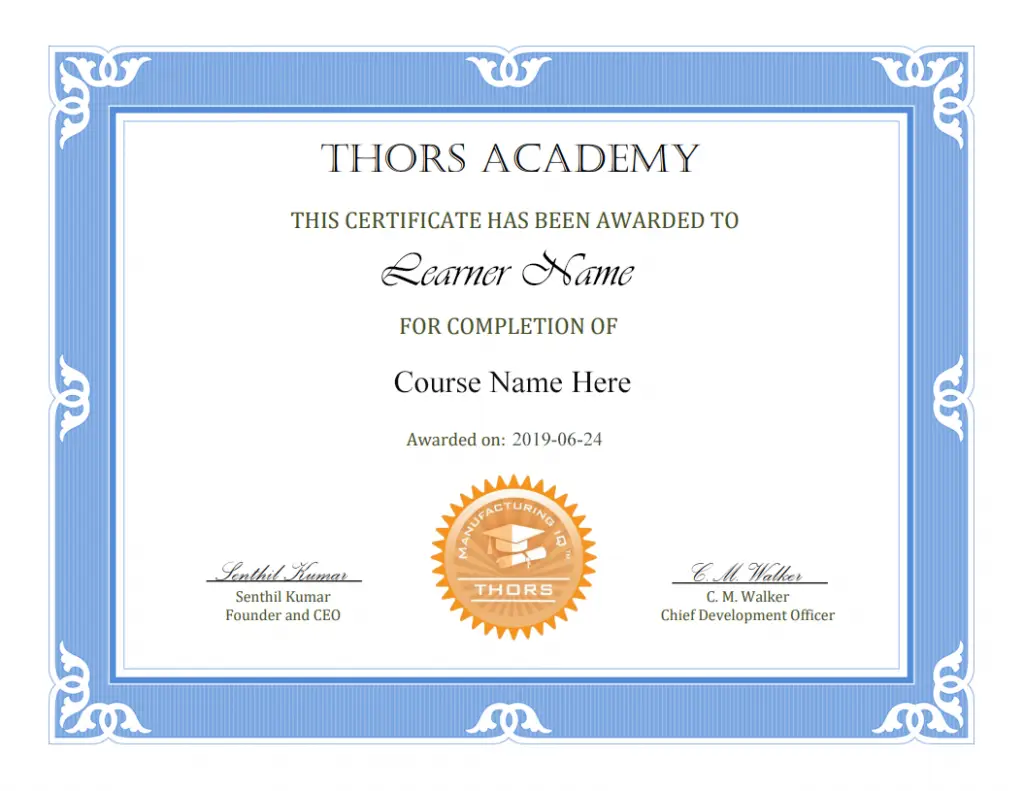
*upon successful completion
Related Posts

How THORS Courses Helped a Mechatronics Student in Germany
Sasshank is an international student attending University in Germany where he studies mechatronics engineering. He was born in Tamil Nadu, where he attended various schools

Cross-Cultural Training Benefits
Understanding Cross-Cultural Training In today’s interconnected world, businesses are expanding beyond borders. To thrive globally, organizations must equip their employees with cross-cultural skills. Cross-cultural training

Entertainment in Education is the Future
Prepare to embark on an extraordinary adventure as we dive into the captivating world of the future of education. We will unravel the seamless integration

